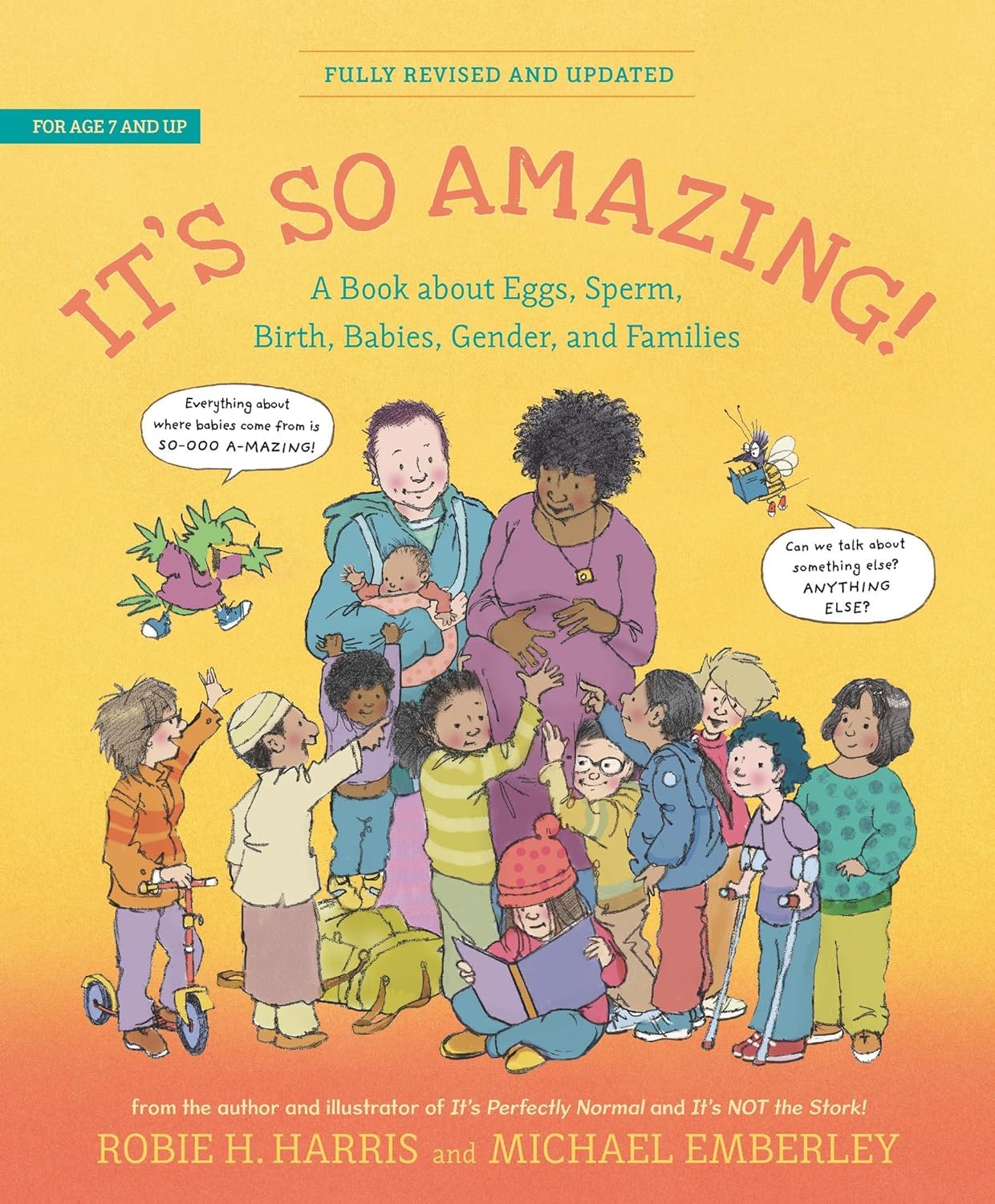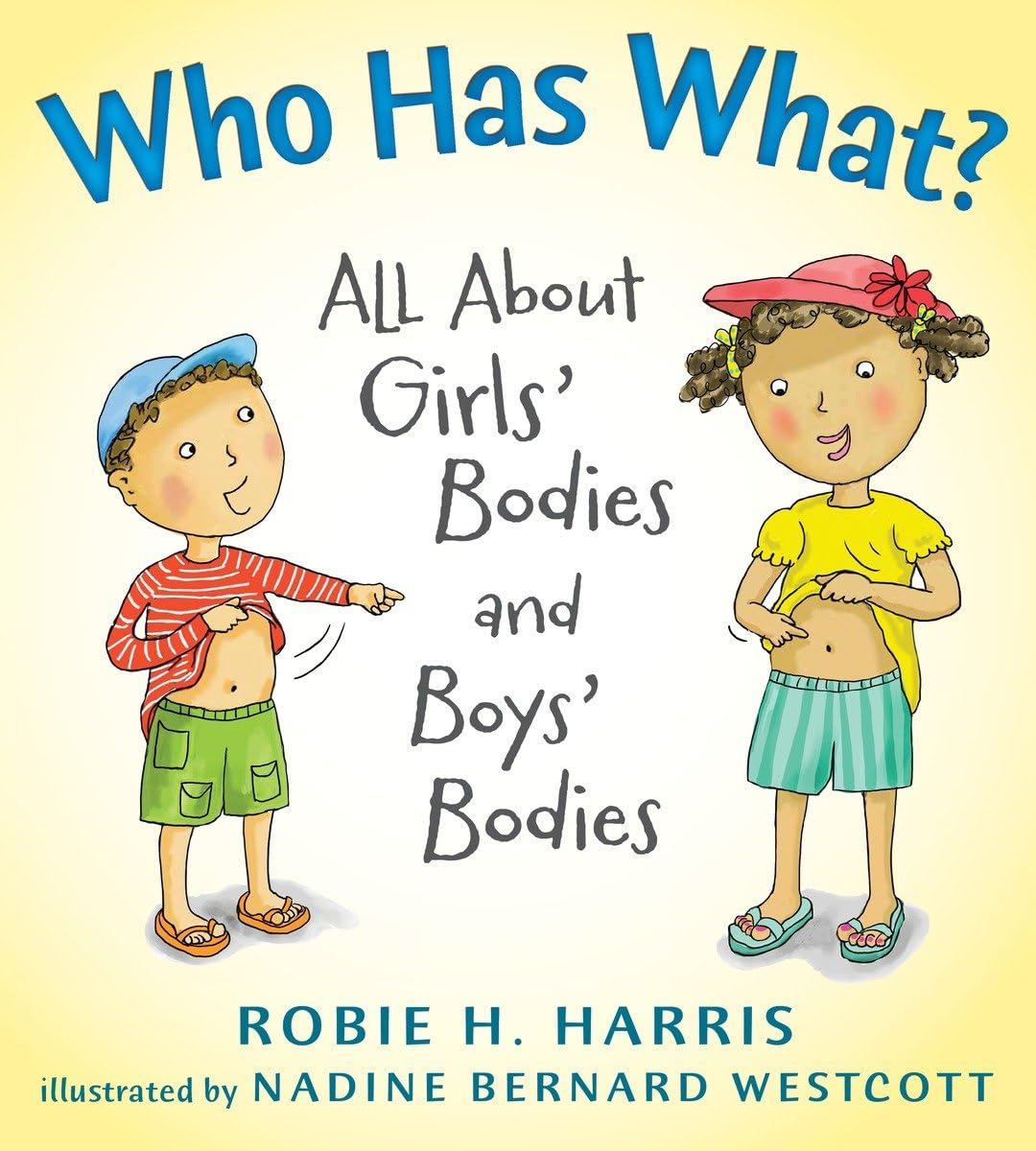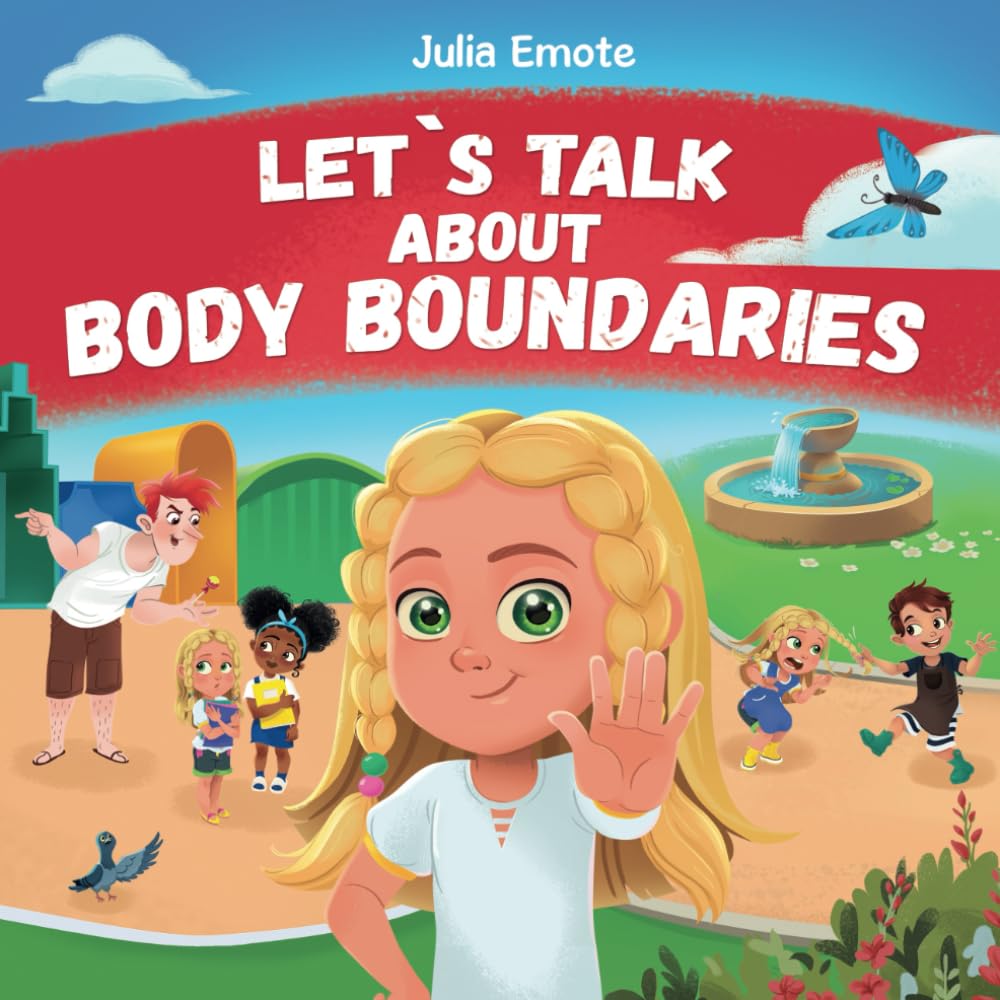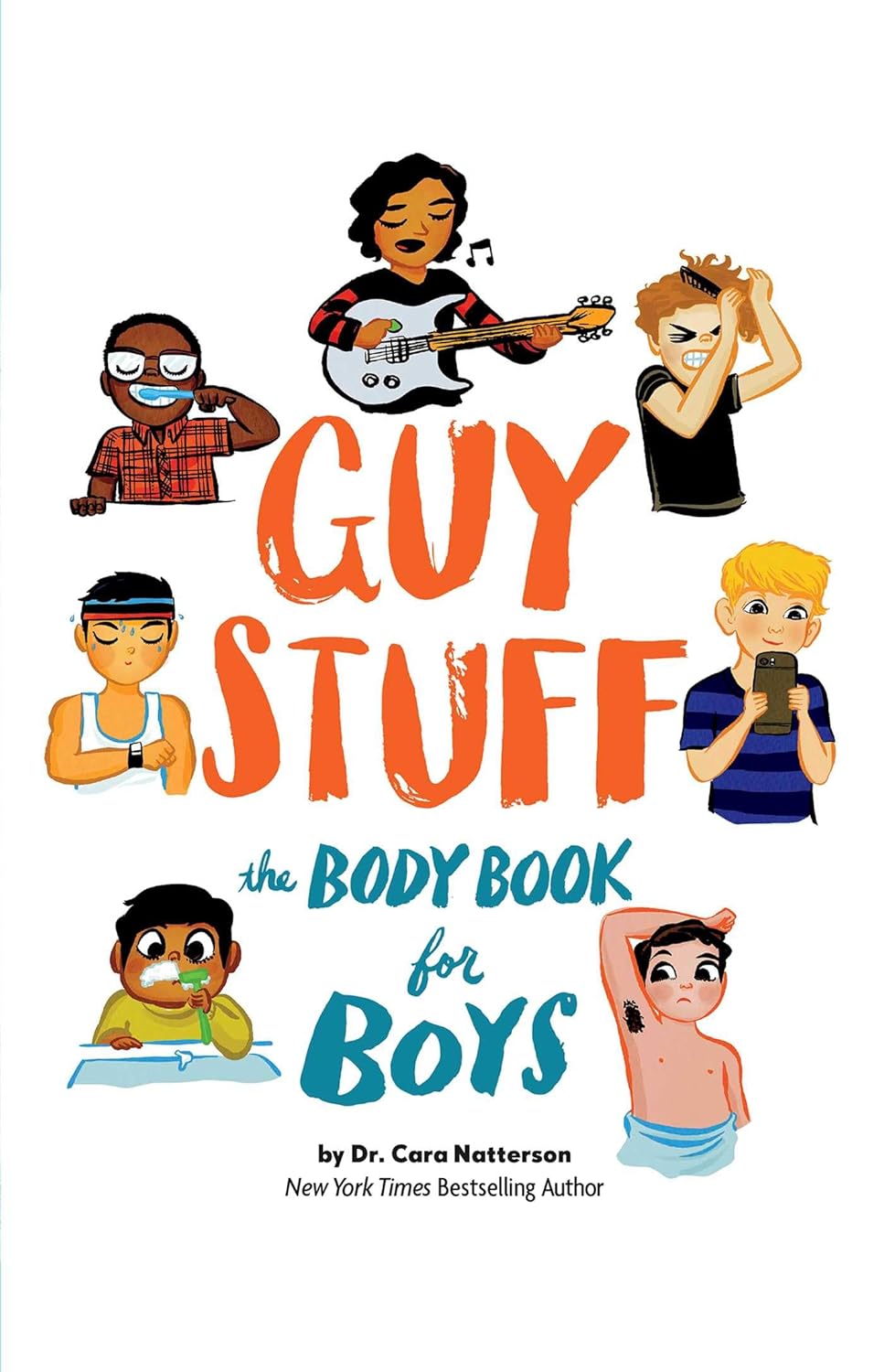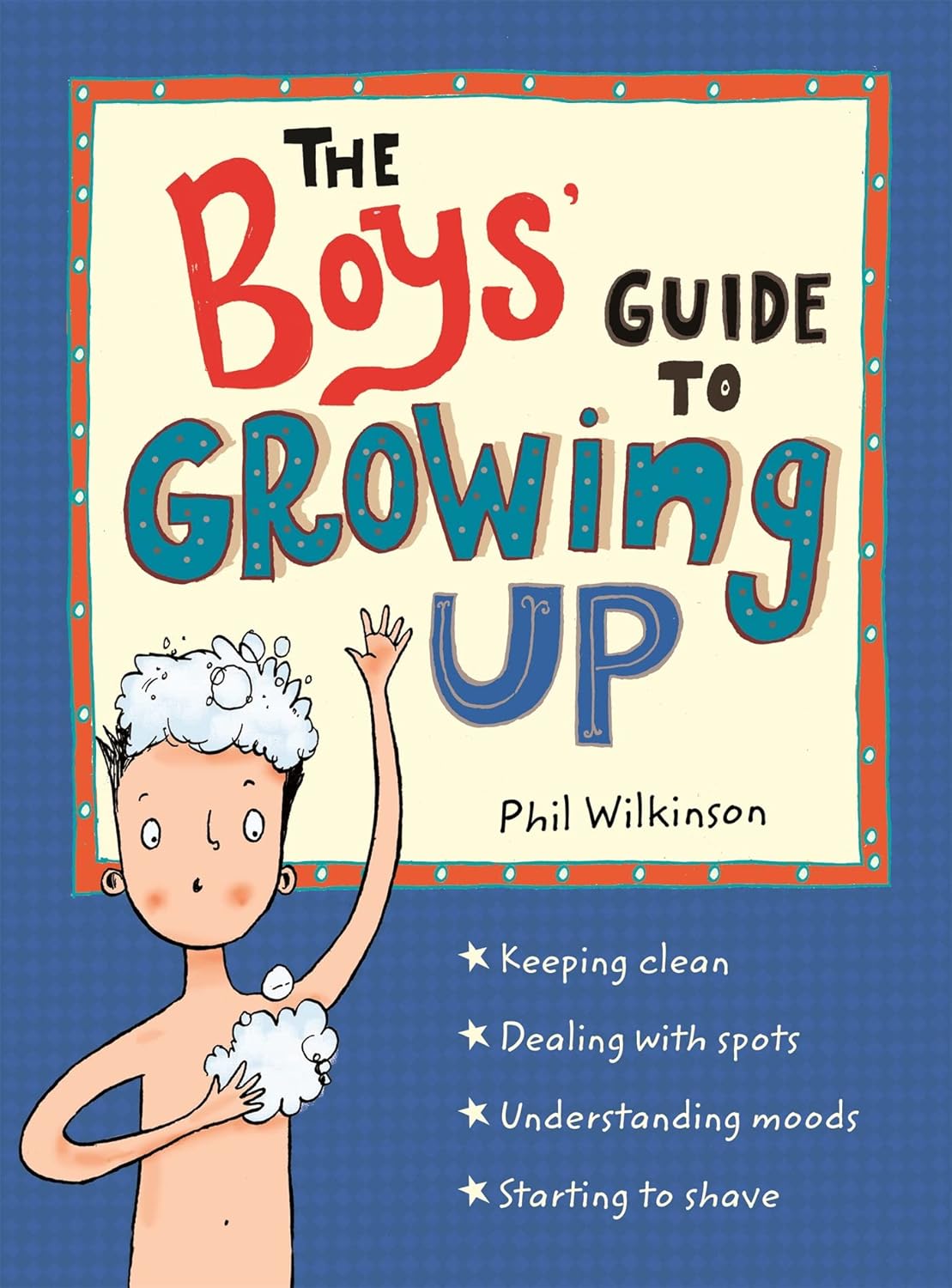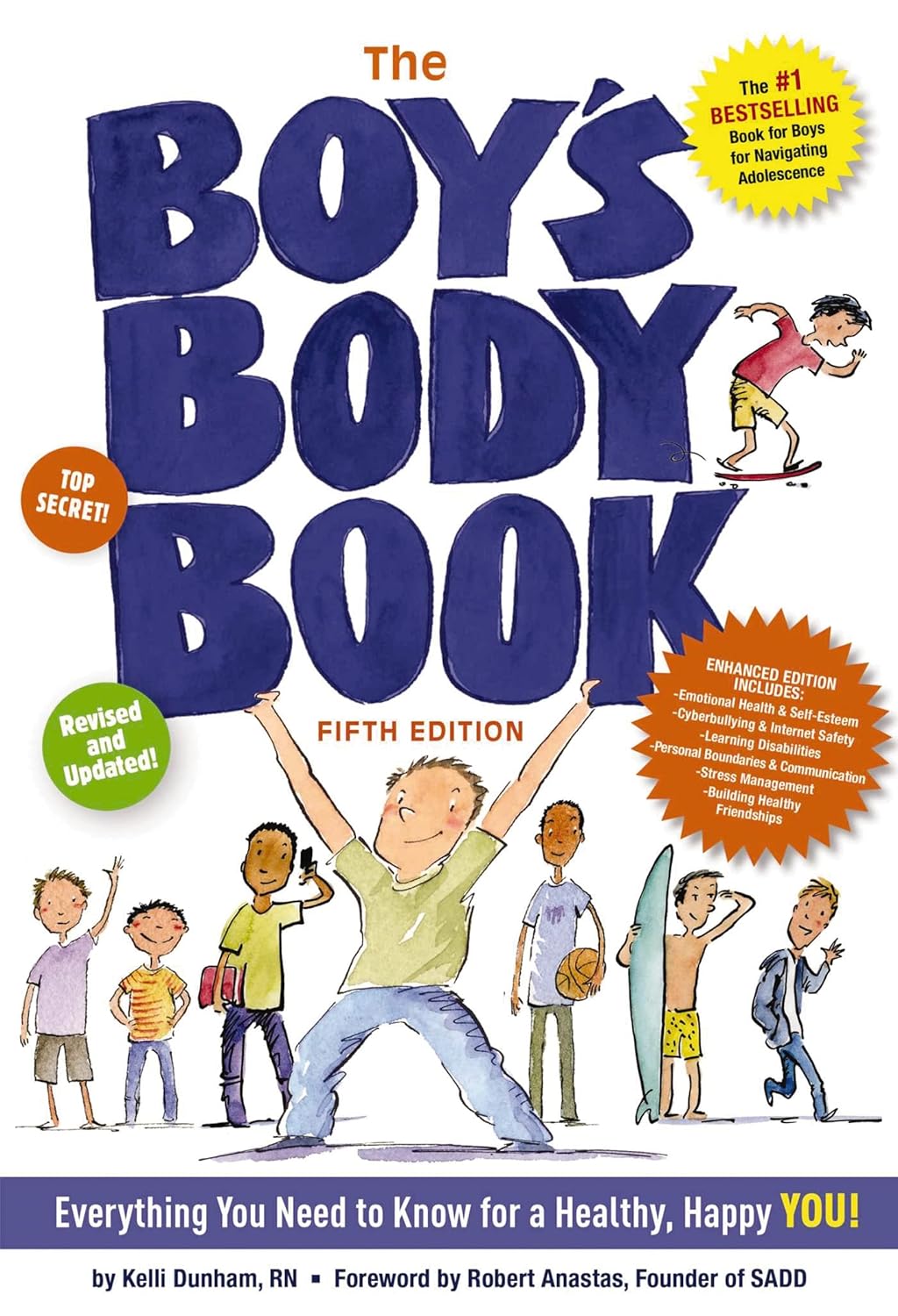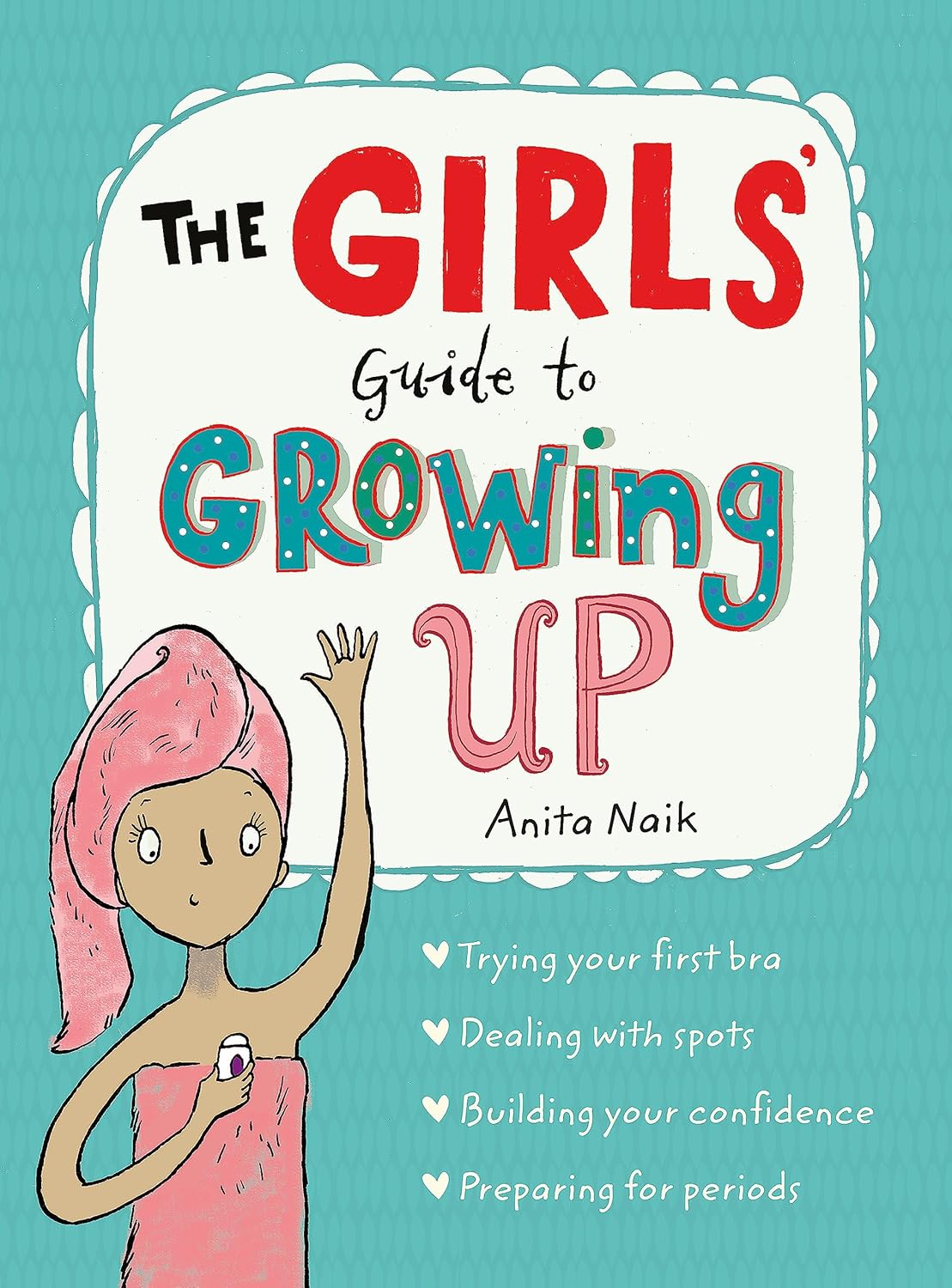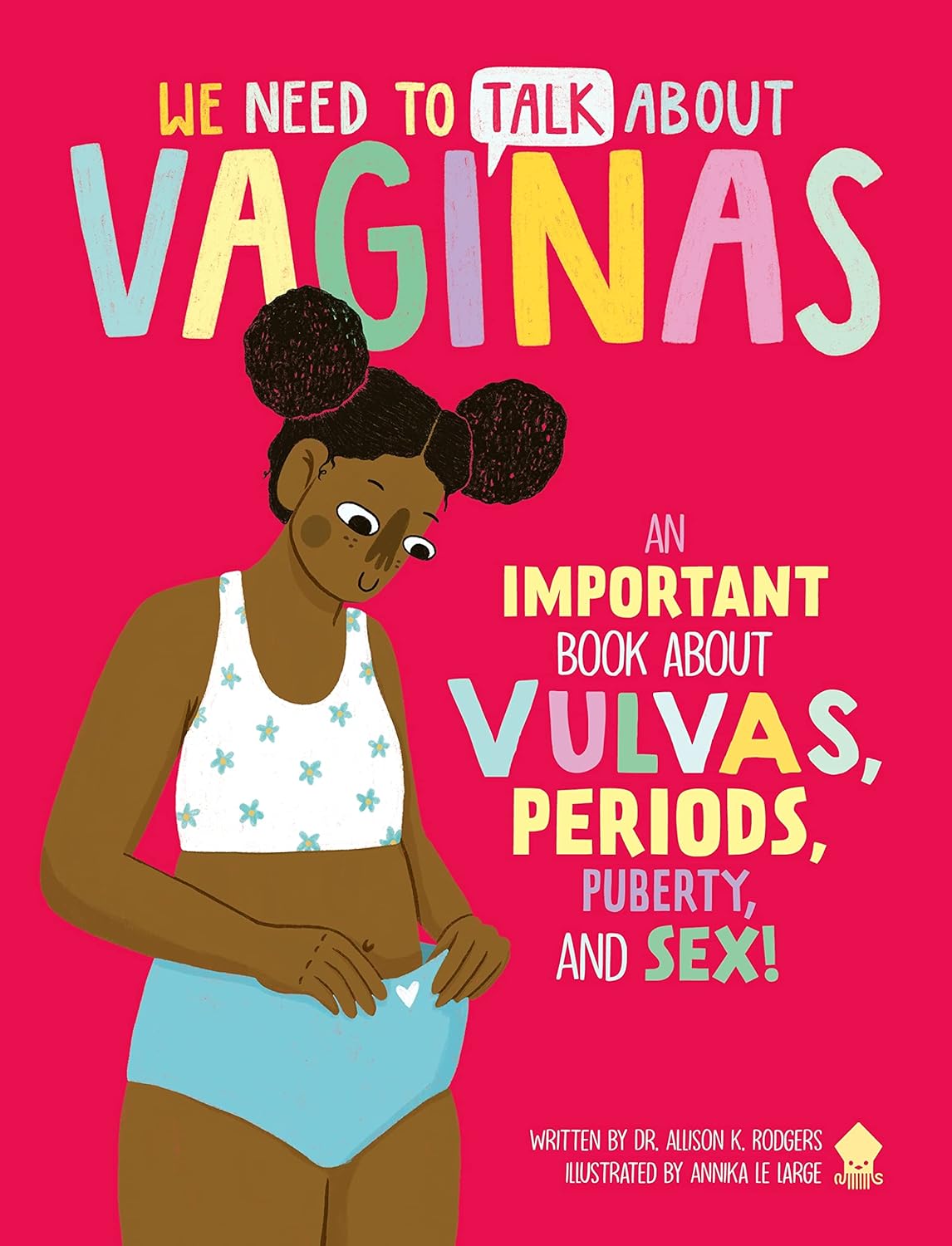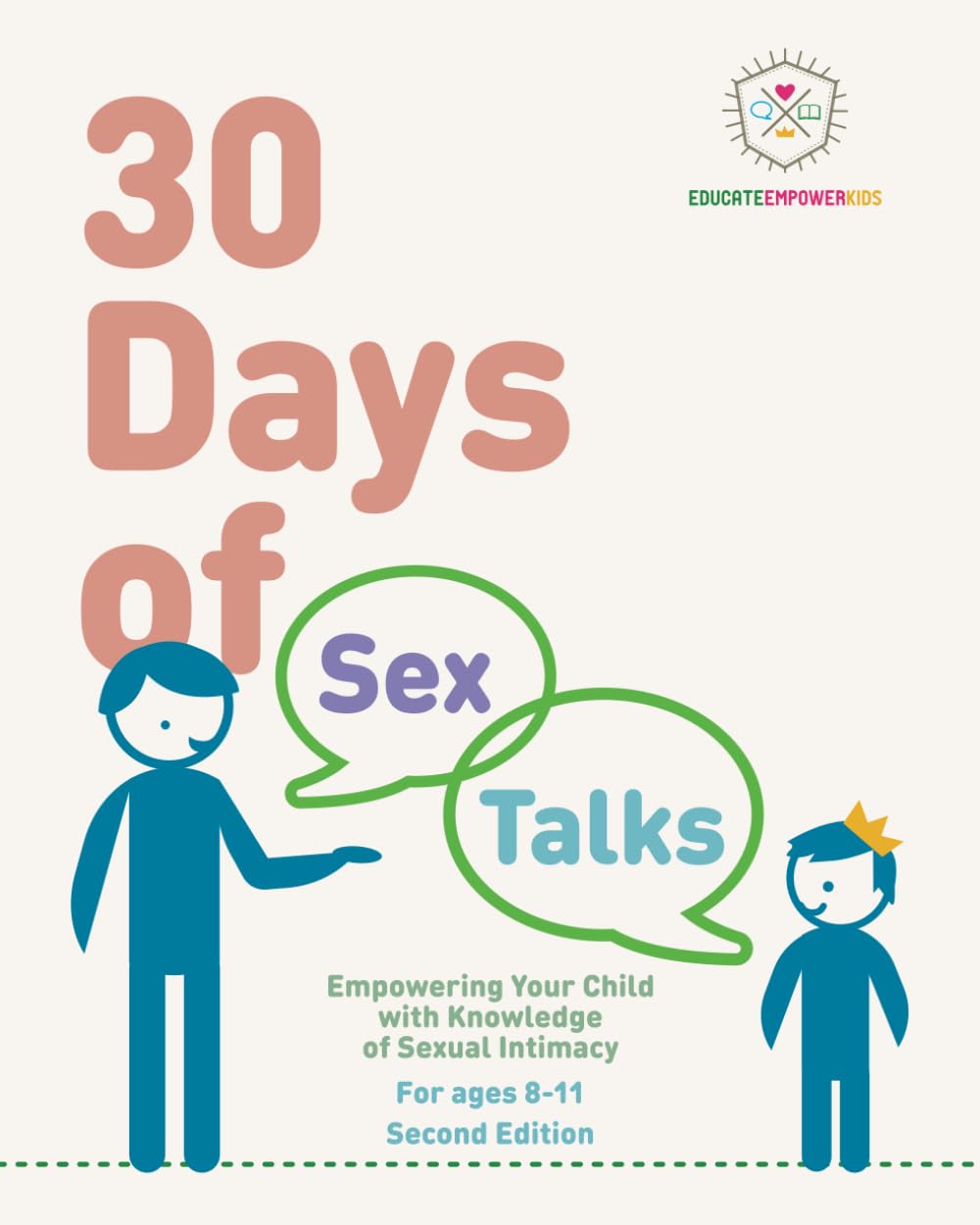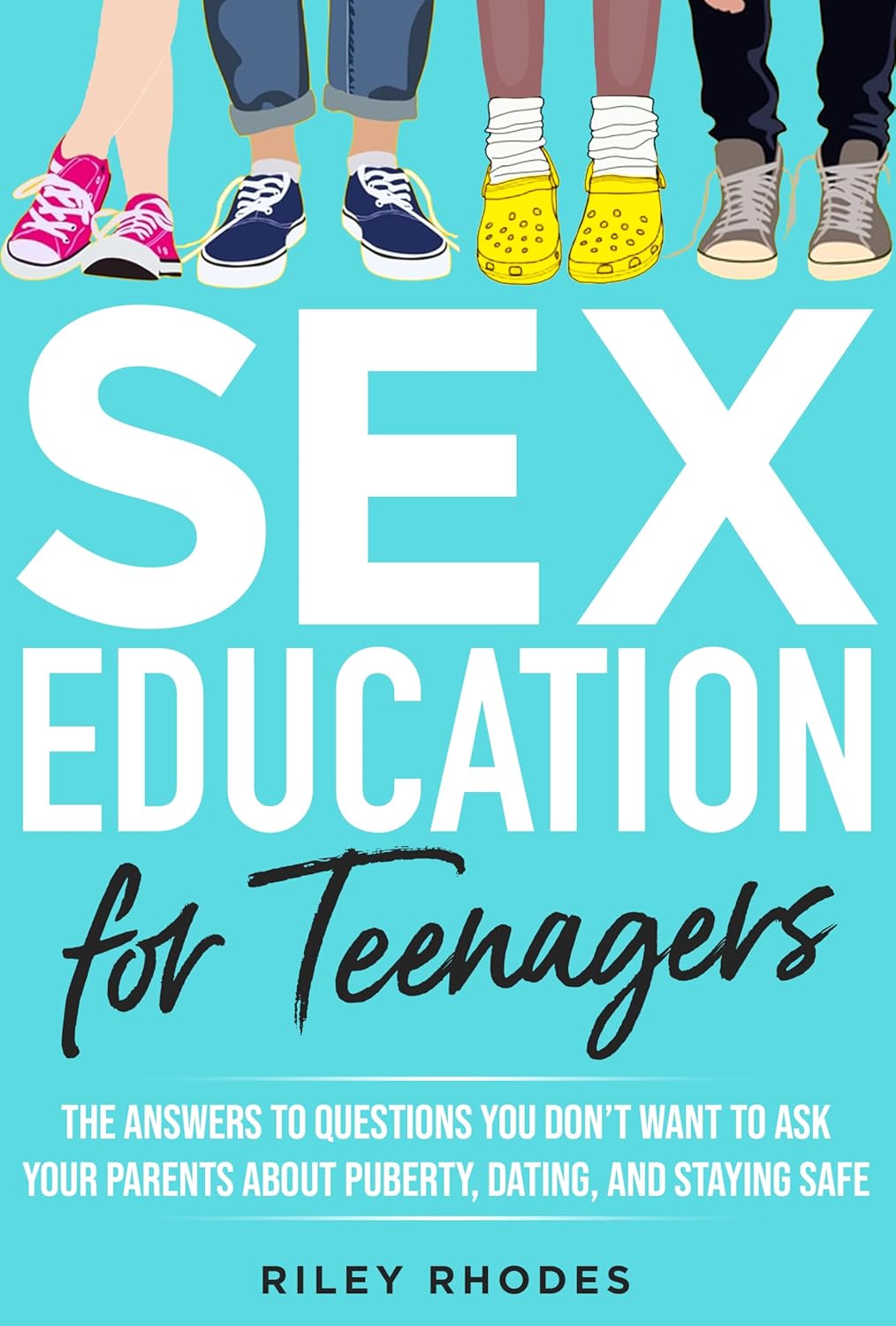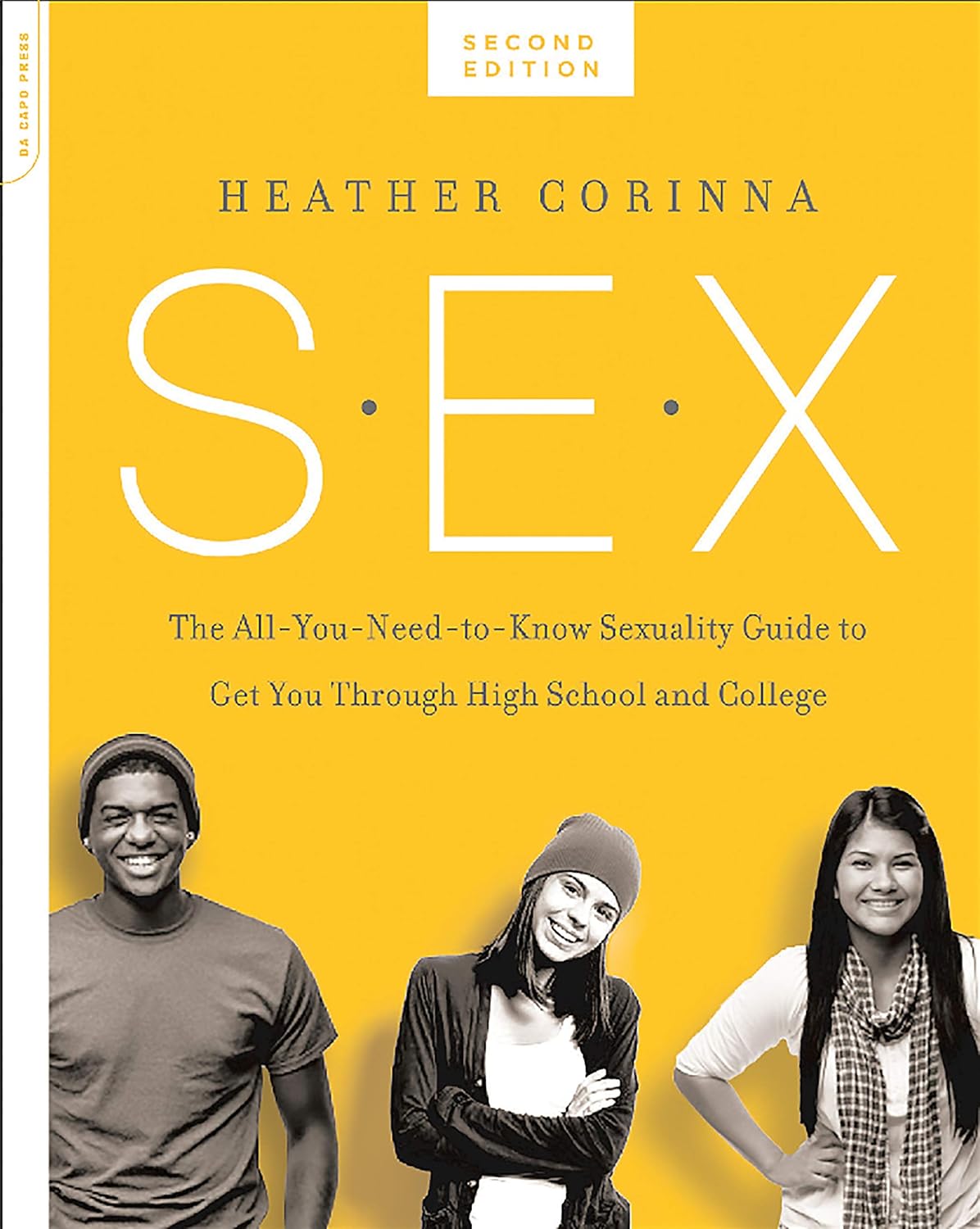Parent-Child Sexual Communication
Why am I talking about this?
Because I have had so many questions asked and scenarios presented to me by clients (ages 11-24!) that the subject needs to be addressed. From middle school students being exposed to online porn, to tweens and teens both receiving and being asked to send intimate photographs, to kids with questions about sexuality and gender identity, to college-age clients with questions about sexual assault, consent, and hook-up culture, our youth and emerging adults have a lot of questions in this hypersexualized society! As uncomfortable as it can be at times, parent-adolescent communication about sex and sexuality helps children have healthy attitudes about their sexual development and reduces sexual risk-taking.
This information on this page is in partial fulfillment of the Family Life Education and Coaching graduate certificate from North Carolina State University. If you are interested in the research translated here, please see the reference list below in the Resources section. I hope you will find it useful for your family and your parenting.
Eye-opening Statistics
- In 2023, almost half (48.2%) of reported cases of chlamydia, gonorrhea, and syphilis (all stages) were among adolescents and young adults aged 15–24 years.
- One in five adolescents is unaware that oral sex can transmit STDs, and two in five consider oral sex to be safer sex. In addition, about 25% of sexually active adolescents also report engaging in oral sex as a strategy to avoid sexual intercourse, and more than two in five do not consider it to be as “big of a deal” as sexual intercourse. (Duncan and Goddard, 2021)
- STDs are common, especially among young people. There are about 20 million new cases of STDs each year in the United States. About half of these infections are in people between the ages of 15 and 24. Young people are at greater risk of getting an STD for several reasons:
- Young women’s bodies are biologically more prone to STDs.
- Some young people do not get the recommended STD tests.
- Many young people are hesitant to talk openly and honestly with a doctor or nurse about their sex lives.
- Not having insurance or transportation can make it more difficult for young people to access STD testing.
- There are approximately 3.2 million LGBTQ+ youth in the United States between the ages of 8-18 (Gallup Poll from February 2025)
- 34% of 13 to 17-year-olds said they thought it was “normal” for kids to share their nude photographs.
- According to the American Academy of Pediatricians, about 15% of kids report that they first saw pornography under age 11 and 20-38% of kids aged 11-17 years old report seeing pornography online in the last year.
- Approximately 1 in 9 female and 1 in 36 male high school students have reported experiencing sexual dating violence according to data from 2023 and there is a connection between viewing violent pornography and being a perpetrator of violence (Rostad, et al., 2019).
- According to PAVE (Promoting Awareness and Victim Empowerment), nearly one in every thirty female first-year college students will experience sexual assault before their first midterm exam. The time between the start of the semester and Thanksgiving break is referred to as “The Red Zone” and more than 50% of sexual assaults occur during that period.
- 70% of sexually active 12-21-year-olds reported having had uncommitted sex (a hook up) within the last year. Surveys among college students reveal widespread reports of negative emotional outcomes post-hookup, including regret and diminished self-esteem (Komisar, 2024)
As you can see from these statistics, there is more than simply teaching children about “how not to get pregnant” and how to get consent. They need age-appropriate, ongoing discussions with their parents or caregivers.
Best Practices for Parents to Discuss Sex and Sexuality with Children
Parents should be the primary source of sex education for their children. Research studies indicate that adolescents want to hear it from their parents and that parents can be a significant influence on their attitudes and behaviors (Guilamo-Ramos & Bouris, 2009). Despite this, parents are often uncomfortable and need guidance on how to communicate in ways that will impact their children positively; they also need resources that Family Life Educators can provide.
The groundwork for communication is laid out early in childhood and takes place over the course of many “teachable moments” over time, as the child grows, matures, and asks questions. Using correct and age-appropriate terminology for body parts and their function can begin at an early age. Sex education is a discussion that happens across all life stages!
Reading List
Here is a curated list of books to help both you and your child communicate better about sex and sexuality. As always, only you can determine what is right for your family!
Small Children to 8 Years Old
Puberty - Boy Specific
Puberty - Girl Specific
30 Days of Sex Talks (for parents with kids, across the lifespan)
For Teens to Read Alone
* If you use the links to the books above I earn a small commission from Amazon.
